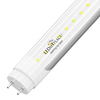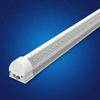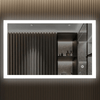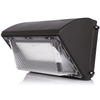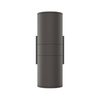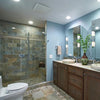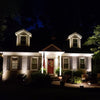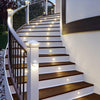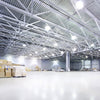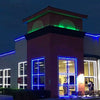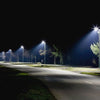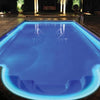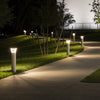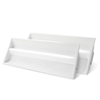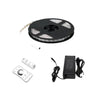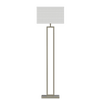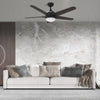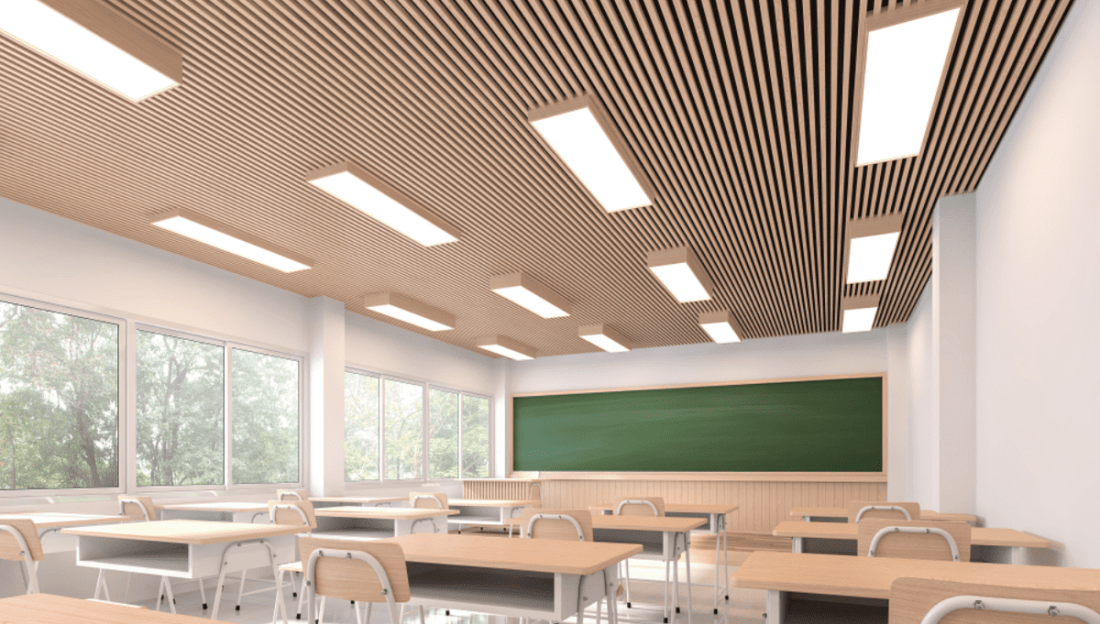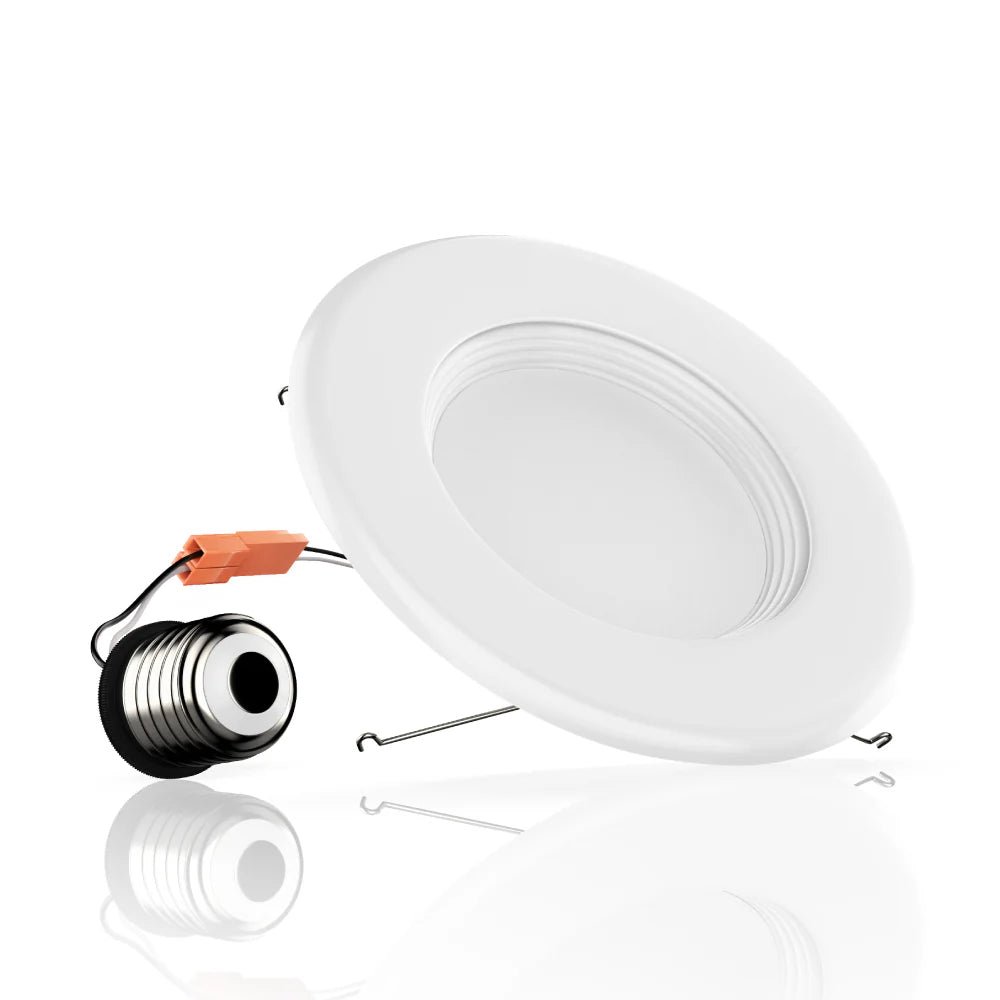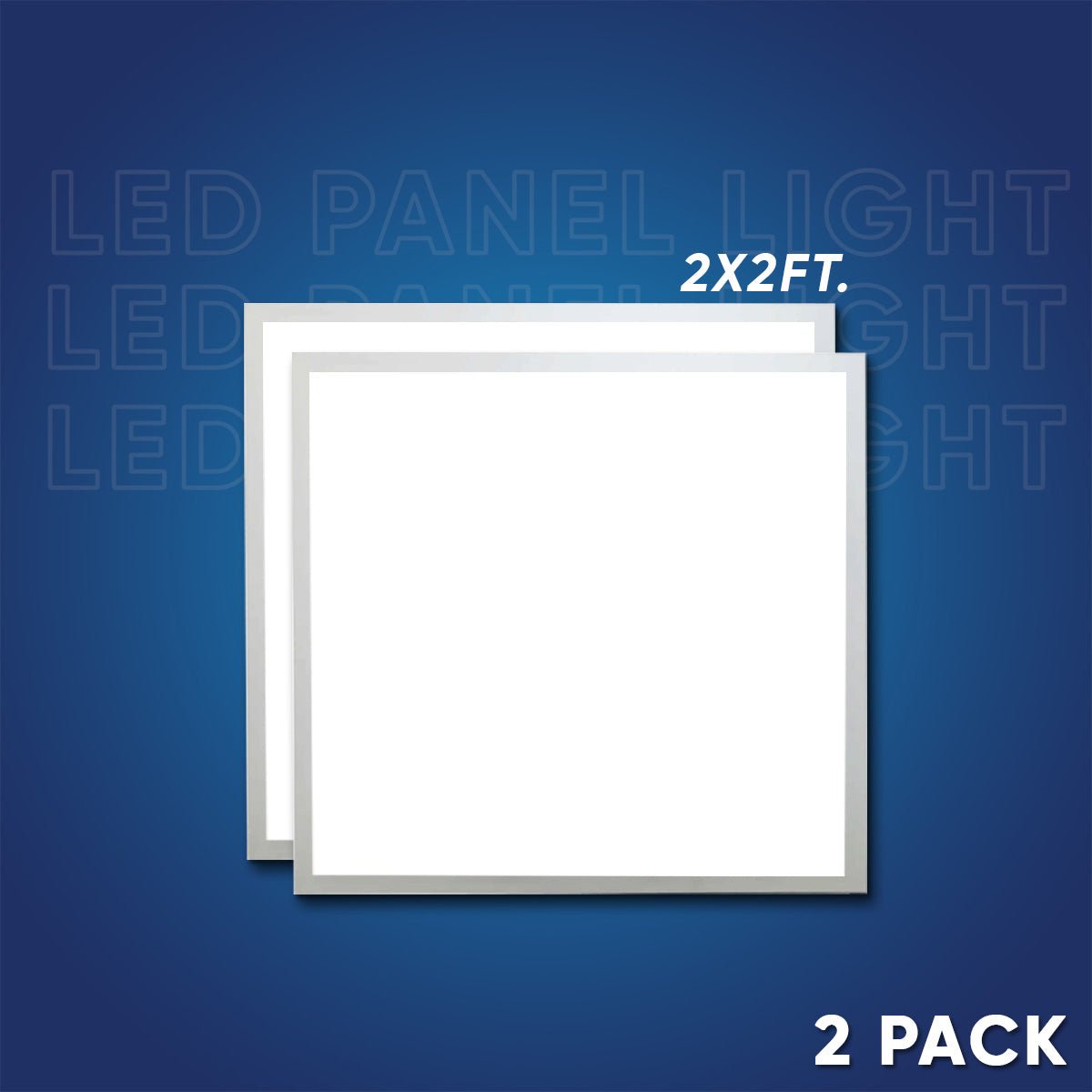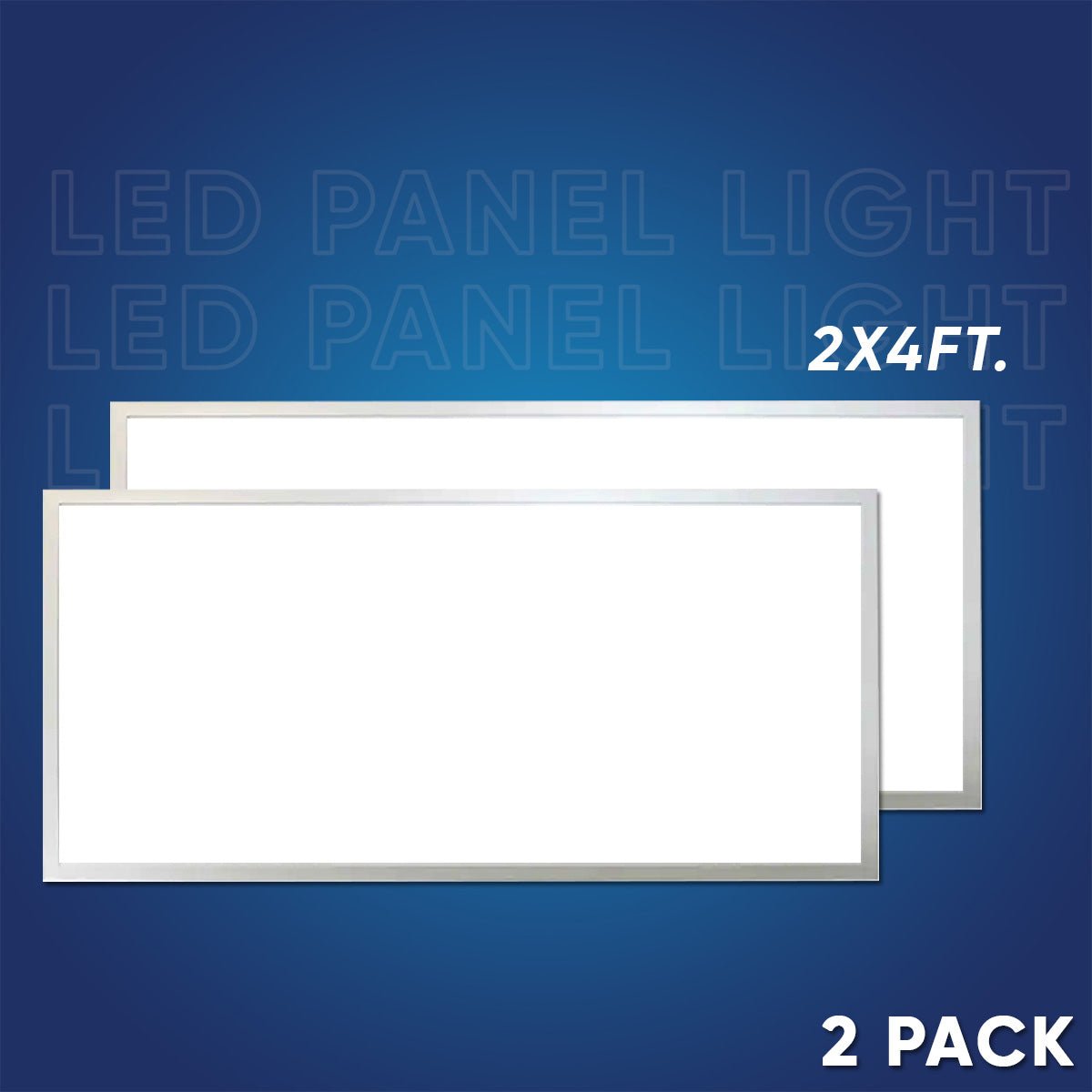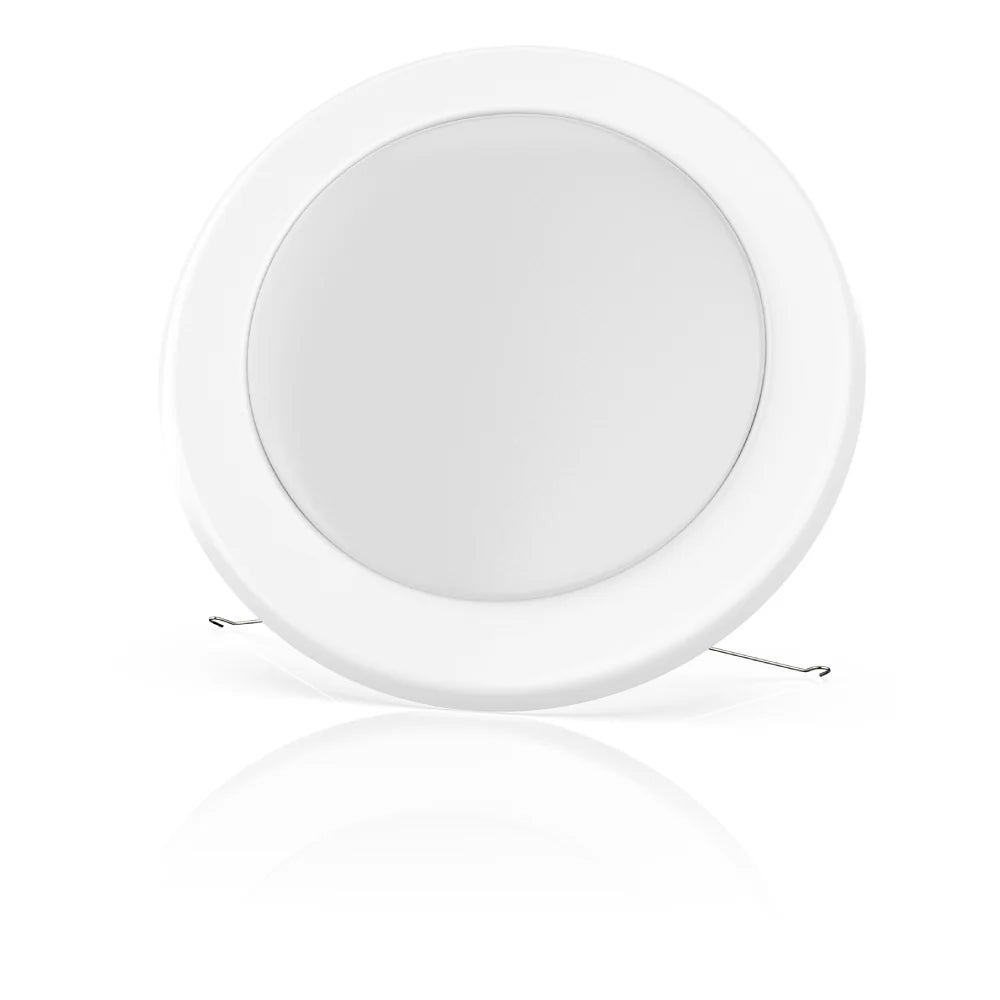In today's rapidly evolving educational landscape, creating an environment conducive to learning is more important than ever. One of the most overlooked aspects of classroom design is lighting. Traditional fluorescent lighting, once the standard in schools, is increasingly being replaced by modern LED lighting solutions. These include LED Panel Lights and LED Downlights, which not only transform the aesthetic of a classroom but also contribute significantly to both productivity and enjoyment for students and teachers alike.
The Importance of Classroom Lighting
Lighting plays a critical role in how well students can focus, absorb information, and stay engaged throughout the school day. Poor lighting can cause eye strain, headaches, and fatigue, leading to decreased concentration and lower academic performance. On the other hand, well-designed lighting can energize a space, making it more inviting and conducive to learning.
Benefits of LED Lights in the Classroom
-
Enhanced Focus and Productivity LED lights are known for their ability to mimic natural daylight, which has been shown to improve concentration and cognitive performance. Unlike fluorescent lights, which can flicker and cause distractions, LED lights provide a steady and consistent light source. This stability reduces eye strain and allows students to focus better on their tasks, ultimately enhancing productivity.
-
Improved Mood and Well-being The quality of light in a classroom can significantly affect the mood and well-being of students and teachers. LED panel lights and LED downlights create a bright, warm, and inviting atmosphere. This positive environment can boost students' mood, making them more eager to participate and engage in classroom activities. Additionally, LEDs produce less heat, contributing to a more comfortable classroom temperature.
-
Energy Efficiency and Cost Savings Schools are always looking for ways to reduce operational costs, and LED lighting offers a perfect solution. LED lights consume significantly less energy compared to traditional fluorescent or incandescent bulbs. This energy efficiency not only reduces the school's carbon footprint but also results in substantial cost savings on electricity bills. Moreover, the long lifespan of LED lights means less frequent replacements, further lowering maintenance costs.
-
Customizable Lighting Solutions One of the unique advantages of LED lighting is its versatility. LED panel lights and downlights can be easily integrated into various classroom settings, offering customizable solutions tailored to different activities. For example, dimmable LED lights can be adjusted for group work, presentations, or quiet reading time, providing the right ambiance for each task.
-
Healthier Learning Environment LED lights do not contain harmful substances like mercury, which is present in fluorescent bulbs. This makes them a safer choice for classrooms, contributing to a healthier learning environment. Additionally, LEDs emit less ultraviolet (UV) radiation, reducing the potential for UV-related health issues among students and staff.
Conclusion
Incorporating LED lighting in classrooms is more than just a modern upgrade; it’s a strategic investment in the future of education. By providing a well-lit, comfortable, and energy-efficient learning environment, LED lights, including LED panel lights and LED downlights, play a crucial role in enhancing both productivity and enjoyment in the classroom. As schools continue to innovate and improve their facilities, LED lighting is sure to be at the forefront of creating spaces where students can thrive.







